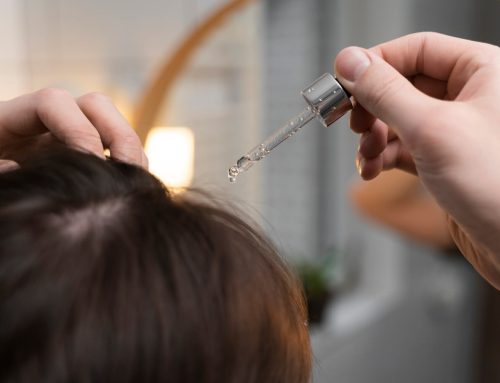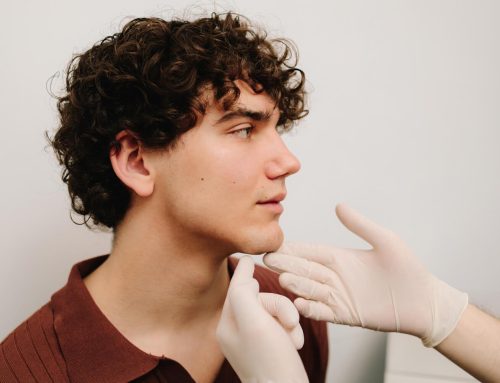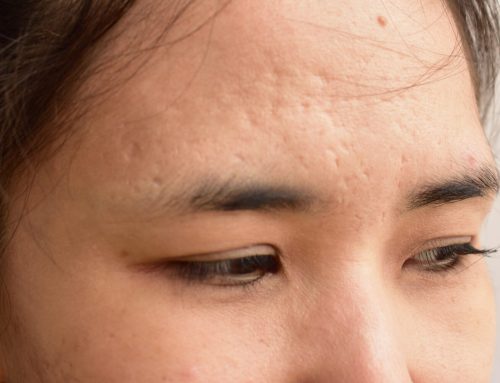With the arrival of good weather, around three million sweat glands are activated on the surface of the body. Most of these are located on the forehead, armpits, palms of the hands and soles of the feet. When these glands function in an exaggerated manner, we speak of hyperhidrosis.
Hyperhidrosis is the excessive production of sweat by the sweat glands. The main sweating disorders are generalised hyperhidrosis and localised hyperhidrosis. Hyperhidrosis can lead to hypersensitivity, pain, vesiculation and infections as a result of excessive skin maceration.
But what exactly is sweat? Sweat is composed of water, sodium, potassium, chlorine, urea, proteins, lipids, amino acids, calcium, phosphorus and iron. Its function is to maintain the pH of the skin surface and body temperature. It is a hypotonic, odourless, colourless secretion with an acidic pH.
Sweat regulation is determined by the nervous system. It is secreted intermittently under cholinergic stimuli and, in situations of psychic tension, by adrenergic contraction of the myoepithelial cells and the main stimulus for its elimination is heat, there is also psychic sweating, facial or gustatory reflex sweating…
When faced with a case of hyperhidrosis, we need to know very well whether it is accompanied by any type of clinical condition in order to rule out any systemic or neuronal disease or malignant process.
However, the most common form of hyperhidrosis is localised and idiopathic, i.e. hyperhidrosis in specific areas for which we do not know the cause. It occurs on the palms, soles and armpits.
Due to the complications of surgical and topical options, neuromodulator infiltration treatment has established itself as the most effective and painless technique. Since 1996, we have been working with neurotoxins at extremely low doses with a high safety margin.
The injection is performed in multiple points, in small quantities and the results are visible after 7 days and can last between 6 and 12 months. In some cases, a check-up may be necessary 15 days after the first injection to detect any areas where the toxin has not been able to dilute sufficiently.



